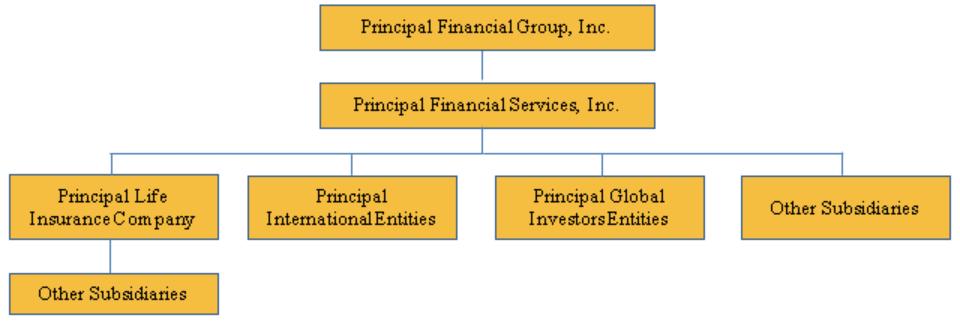Our Chief Executive Officer, Daniel J. Houston, and our Chief Financial Officer, Deanna D. Strable-Soethout, have reviewed and evaluated our disclosure controls and procedures as of June 30, 2020, except as noted below, and have concluded our disclosure controls and procedures are effective.
Our assessment of the effectiveness of disclosure controls and procedures excludes the operations and related assets of the Acquired Business, which closed on July 1, 2019. For additional information regarding the acquisition, see Part I, Item 2. "Management's Discussion and Analysis of Financial Condition and Results of Operations - Transactions Affecting Comparability" under the caption "Wells Fargo Institutional Retirement Trust Business." We are in process of evaluating internal control over financial reporting for the Acquired Business and, accordingly, have excluded its controls from our evaluation of disclosure controls and procedures. For the three and six months ended June 30, 2020, the Acquired Business's revenues related to operations represented 3% and 2% of our consolidated total revenues, respectively. As of June 30, 2020, the Acquired Business's assets related to operations represented less than 1% of our consolidated total assets.
Changes in Internal Control Over Financial Reporting
Other than the acquisition of the Acquired Business discussed above, we had no change in our internal control over financial reporting during our last fiscal quarter that has materially affected, or is reasonably likely to materially affect, our internal control over financial reporting.
PART II — OTHER INFORMATION
Item 1. Legal Proceedings
Disclosure concerning legal proceedings can be found in Part I, Item 1. “Financial Statements, Notes to Unaudited Condensed Consolidated Financial Statements, Note 9, Contingencies, Guarantees and Indemnifications” under the caption, “Litigation and Regulatory Contingencies,” which is incorporated here by this reference.
Item 1A. Risk Factors
In addition to the other information set forth in this report, consideration should be given to the factors discussed in Part I, Item 1A. “Risk Factors” in our Annual Report on Form 10-K for the year ended December 31, 2019. If any of those factors were to occur, they could materially adversely affect our business, financial condition or future results, and could cause actual results to differ materially from those expressed in forward-looking statements in this report. While we have not had material changes with respect to the risk factors discussed in our Annual Report on Form 10-K for the year ended December 31, 2019, we are adding the risk factor set out below.
The ongoing COVID-19 pandemic and the resulting financial market impacts could adversely affect our business, results of operations, financial condition and liquidity.
In March 2020, the World Health Organization declared the outbreak of COVID-19 as a pandemic. COVID-19 continues to spread in the United States and throughout the world. Federal, state and local governments have taken various actions to limit the spread of the disease, including quarantines, travel restrictions, limitations on gatherings, closures of businesses and other social distancing measures. The COVID-19 pandemic and the efforts to contain the outbreak have led to significant economic disruption, including declines in interest rates and equity prices, extreme volatility in financial markets, fluctuations in foreign currency exchange rates, reduced economic activity and a sharp increase in unemployment claims.
The COVID-19 pandemic may have material adverse impacts on our business, results of operations and financial condition. Specific impacts may include, but are not limited to, increased claims in our life and disability insurance business, operational disruptions, health risks to our employees, an increase in defaults on our fixed maturity and mortgage loan portfolios and a reduction in the value and liquidity of our invested assets. In addition, rising unemployment as a result of temporary business closures may lead to lower sales in our businesses, reduced in-group growth in our Specialty Benefits insurance business and a decline in employee deposits into retirement plans. Ongoing economic disruptions may lead to further declines and volatility in interest rates or equity prices, either of which could adversely affect our results of operations and financial condition. For more information, see Item 1A. “Risk Factors – Volatility or declines in the equity, bond or real estate markets could reduce our AUM and may result in investors withdrawing from the markets or decreasing their rates of investment, all of which could reduce our revenues and net income” and “—Changes in interest rates or credit spreads or a sustained low interest rate environment may adversely affect our results of operations, financial condition and liquidity, and our net income can vary from period to period” in our Annual Report on Form 10-K for the year ended December 31, 2019.
